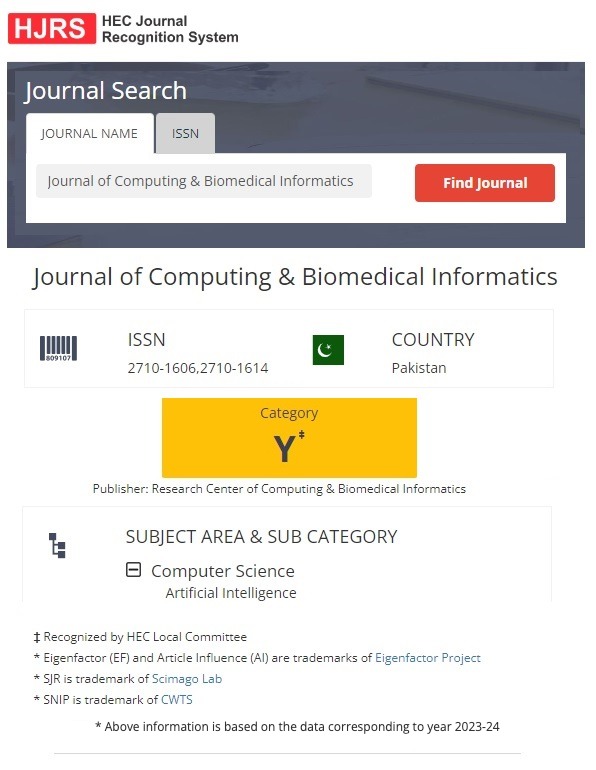Remote Sensing and Artificial Intelligence for River Water Quality Forecasting: A Review
Keywords:
Water Quality Forecasting Machine Learning Models Remote Sensing Real-Time MonitoringAbstract
The high population growth rate and climate change have been major problems in the proper management of water quality. Conservation of water resources and application of viable solutions are critical measures of healing degraded inland rivers. Conventional water quality monitoring and forecasting are usually labour-intensive, involving sampling and analysis procedures, which are time-consuming and costly. The introduction of real-time monitoring, remote sensing, and machine learning in the last few years has dramatically increased the accuracy and efficiency of water quality forecasting. In this paper, the approaches of machine learning are divided into three major groups, including traditional models, deep learning methods, and hybrid frameworks, as well as assessing their performance in forecasting the main water quality parameters. Long Short-Term Memory (LSTM) networks, Gated Recurrent Units (GRUs), and their combination have proven to be popular in predicting water quality in inland river systems among deep learning models. The combination of real-time monitoring networks with remote sensing has greatly contributed to the data collection because it measures the spatial variability of river systems and supplements the high temporal resolution of in situ sensors. This hybrid strategy enhances the general strength and forecasting ability of deep learning models. Moreover, the input of weather forecasting data can enhance the prediction accuracy and facilitate more accurate decision-making in water resource management even further.
Downloads
Published
How to Cite
Issue
Section
License
This is an open Access Article published by Research Center of Computing & Biomedical Informatics (RCBI), Lahore, Pakistan under CCBY 4.0 International License





